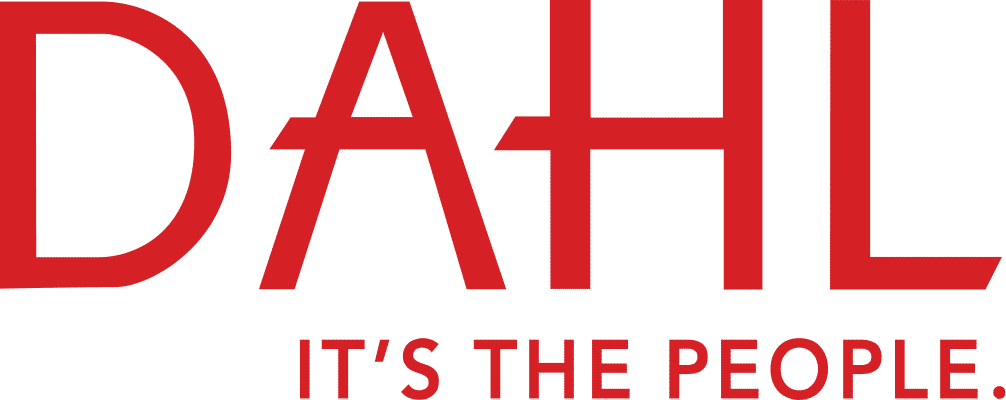Around the world, companies are reassessing the way we work once again.
The pandemic derailed our daily routines, suddenly jolting many of us into a global experiment of working remotely. Returning employees to the workplace comes with a mix of emotions, the joy of getting back to a new normal, and the fear of the unknown. As we navigate through the aftermath of the pandemic, it won’t be as simple as companies announcing we are reopening the office; be ready.
Here are three steps to better organize and prepare employees for the future and keep the most valuable resources – the people – feeling secure, engaged, and focused.
1. Open Communication
The pandemic has taken its toll on everyone. As the discussion around returning to the workplace intensifies, employee’s anxiety increases. According to a SHRM survey report, most employees feel “moderately comfortable” (39 percent) or “very comfortable” (17 percent) about returning to the workplace, and 31 percent have said they are not comfortable with returning.
The best way to know if your company is moving in the right direction is to ask your employees if they are ready and comfortable to return to the workplace. There are multiple ways to do this, such as sending out an email or a survey (if employees want to remain anonymous). Generating open communication with employees will help ease concerns as well. Convey the vaccination policy and safety protocols the company has enacted to keep everyone safe and make the transition easier for employees. When leadership is transparent about their expectations, the company can reduce distractions, and employees are able to focus on moving forward.
2. Flexible Workspaces
Leadership may be ready for everything to go back to normal with employees returning to the office and in-person meetings, but employees may not be ready to make the commute to the office at this time, if ever. We have all been impacted by the pandemic. Dealing with the circumstances over the last year, COVID, child/elder care, and/or online schooling has been challenging to everyone. If we learned anything from last year, it is that many jobs can be successfully performed remotely, thanks to the continual advancements in technology.
A hybrid office model can blend the best of both worlds – cost savings to both companies and employees, happier and healthier employees, improved productivity, and digital workplace efficiencies. According to a recent survey of consultants nationwide conducted by Dahl Consulting, 66% of respondents ranked work flexibility (hybrid) as most important to them when it comes to desired work arrangements.
Working remotely is becoming a key benefit for employees. According to the American Works Survey: Is This Working, “Nearly three-quarters (73%) of all workers say employers should continue to offer and expand remote-work options even after the pandemic is over—among current remote workers, this percentage is even higher (83%). Moreover, nearly half of current remote workers (42%) say if their current company doesn’t continue to offer remote-work options long term, they will look for a job at a company that does.” Supplying employees with guidelines and options for a hybrid workplace will help alleviate confusion and ease anxiety.
3. Emotional Well-being
As our routines were changed from an office environment to working remotely in a shared environment with other family members or roommates, employees took up the challenge and made it work. As we enter a new phase, we need to think about an employee’s well-being as well as their safety concerns, financial problems, food insecurities, stress, and an array of other issues. Recognizing the demands of employees and offering support will aid in improving their mental health. There are steps to mitigate worries that employers can take. This could include supplementing your mental health resources or developing anonymous communication feedback options for employees to feel safe and confident when opening up about their anxieties.
As companies transition from fully remote to in-person or hybrid workplaces, it is essential to provide an environment where employees feel secure and are able to focus on their work, not their fears. There will be challenges along the way, but it is fundamental to openly communicate, offer flexibility, and support their well-being.
If you need help building your team, connect with DAHL’s employment experts, and we’ll help you navigate a strategic workforce solution for your company.




